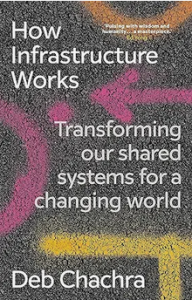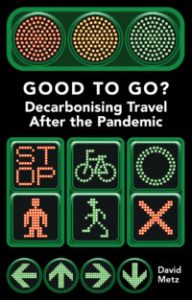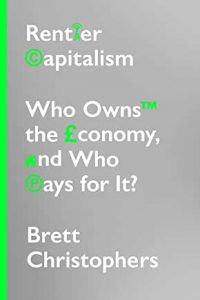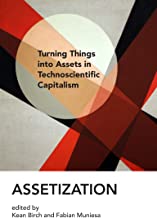Discounting the Future: The Ascendancy of a Political Technology by Liliana Doganova is an interesting read. I don’t entirely agree with its perspective, which is that the concept of discounted cash flow or net present value is inherently damaging to the future; but I do think it’s valuable to understand that it is not a technical tool but an inherently normative one – or political, if you prefer. The book is part of a literature that criticises ‘assetization’ – generally used as a synonym for financialization – and identifies the performativity of certain economic concepts. This is a valuable and thought provoking literature, drawing attention to some dysfunctions of ‘free-market’ practices in policy and business.One of these is certainly the spread of CBA-type analyses as practiced in policy and business decisons.
As Doganova writes here, there is an inherent contradiction. On the one hand, “Discounting literallty devalues the future and gives priority to the present, inducing short-termism.” On the other hand, “discounting could also be analyzed in exactly the opposite terms, as futurism as opposed to presentism, because it posits the future as the ultimate source of rewards in the present.” She adds, “The future is a political domain.”
The first part of the book discusses theoretical debates about the selection of the discount rate and the use of discounting, including the wrangling among economists after the publication of the Stern Review. The later chapters give three historical examples, 19th century forestry, the introduction of discounted cash flow analysis in US corporations in the 1960s and 70s, and venture capital investment in biopharma recently. The interesting examples illustrate a clear shift from a focus on purpose (eg healthy woodlands, or sustained engineering success in manufacturing) to a focus on financial returns. She writes of the corporate use, “The troubling consequence of the use of discounting was that companies were turning down investments.” I’d like to think of a way to test this empirically.
However, the book conflates the practice of discounting or CBA with the inherent analytical possibilities of conceptualising the economy as a process through time involving investment in assets that subsequently provide a period-by-period return. I see this as an essential step forward from flow-based metrics of success (GDP growth or current year profits). Without a balance sheet, it is impossible to evaluate sustainability. My challenge to the contributors to this literature criticising ‘assetization’ is what alternatives there are if we are to transition to a sustainable economic model.
Thinking specifically about discounting, Doganova concentrates on the selection of a discount rate – and indeed companies select a ludicrously high hurdle rate very often. But the technique involves other normative choices. One is the discounting formula – one could use hyperbolic rather than exponential discounting, which favours the more distant future. And above all there is the question of the prices at which the benefits (and costs) are evaluated; the book assumes it has to be market prices, but shadow prices are needed for social cost benefit analysis.
So while I agree that the tool is not technocratic but embeds values, choices about consuming resources now or in the future will always involve an implicit cost benefit analysis. Better to make it explicit, recognising the specific normative decisions involved. Anyway, loads of interesting detail in the book and it made me think, always welcome!





